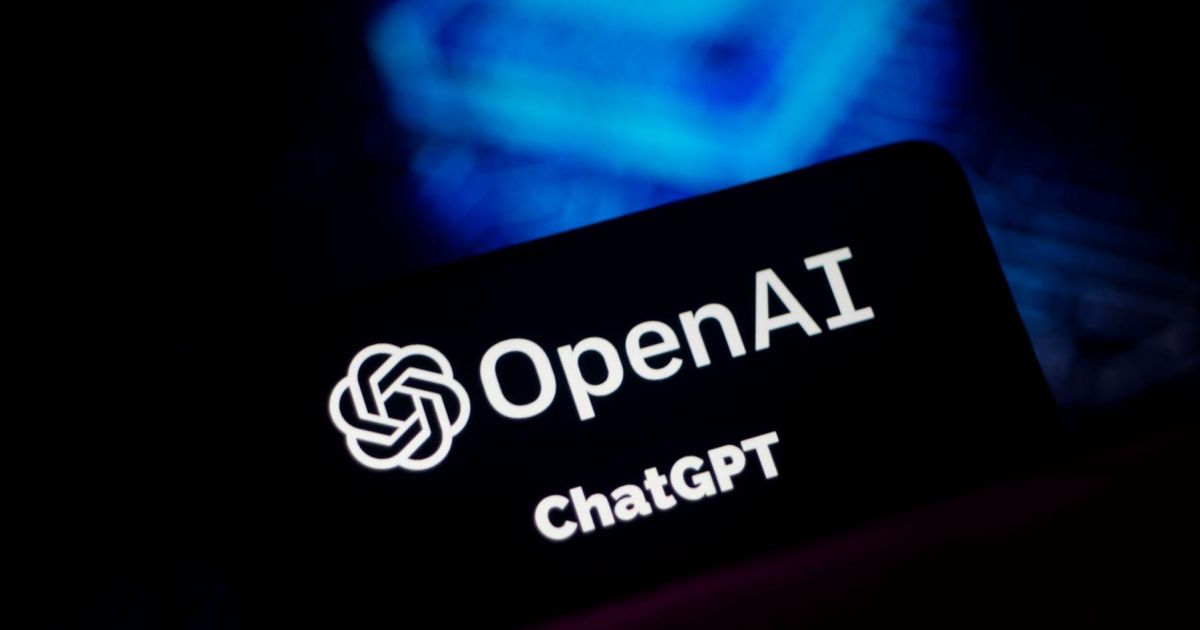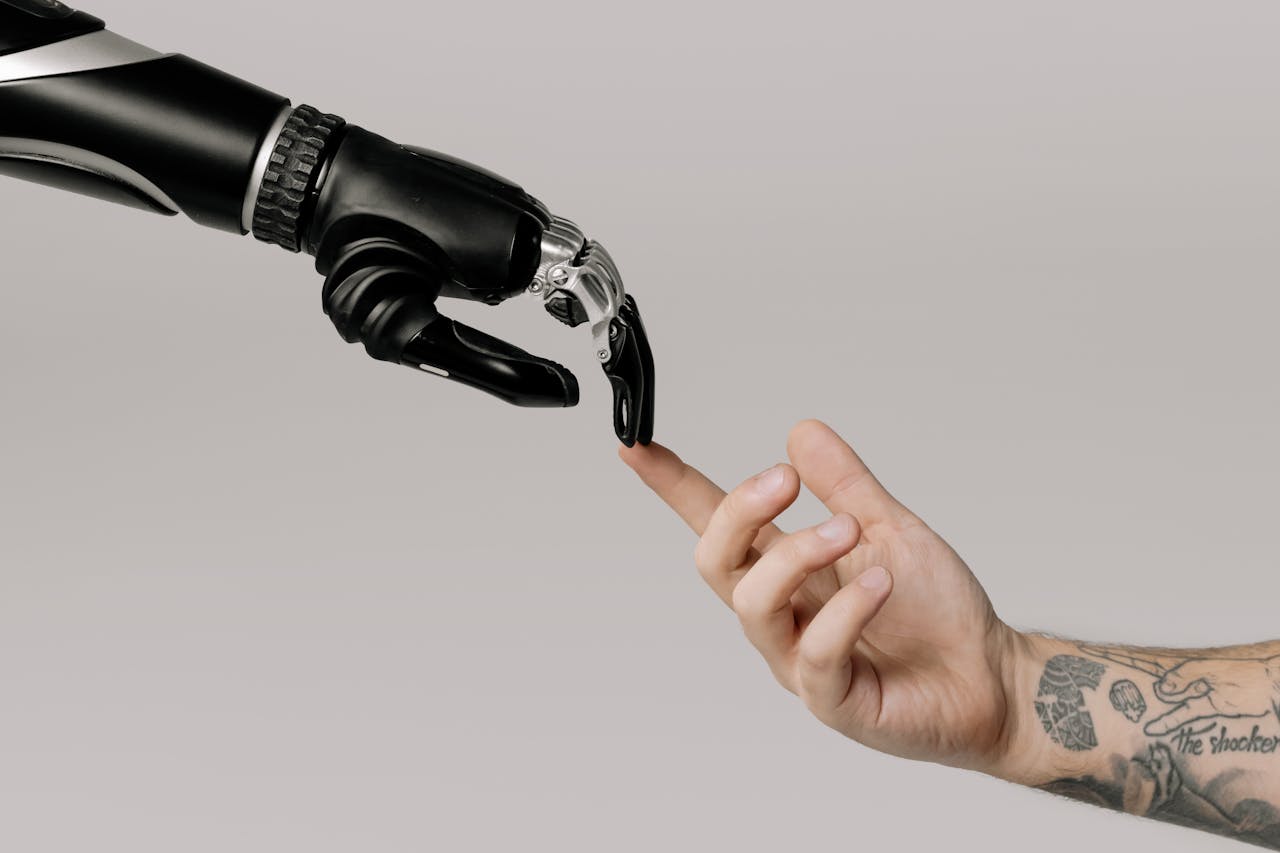The American investment fund Andreessen Horowitz has just released a study on the various generative AI tools that are experiencing the most success. ChatGPT obviously takes the lion’s share. But the famous solution from OpenAI is far from alone in the market.
Do you know Liner, JanitorAI, or Claude? These generative artificial intelligence solutions have in common the fact that they are appearing in the ranking of the most popular tools in the field, according to a recent study by Andreessen Horowitz.
The famous investment fund based in Silicon Valley has indeed renewed its top 100 list of generative AI applications, following an initial survey last October, based on monthly traffic calculated by SimilarWeb and Sensor Tower. Here are the highlights to remember.
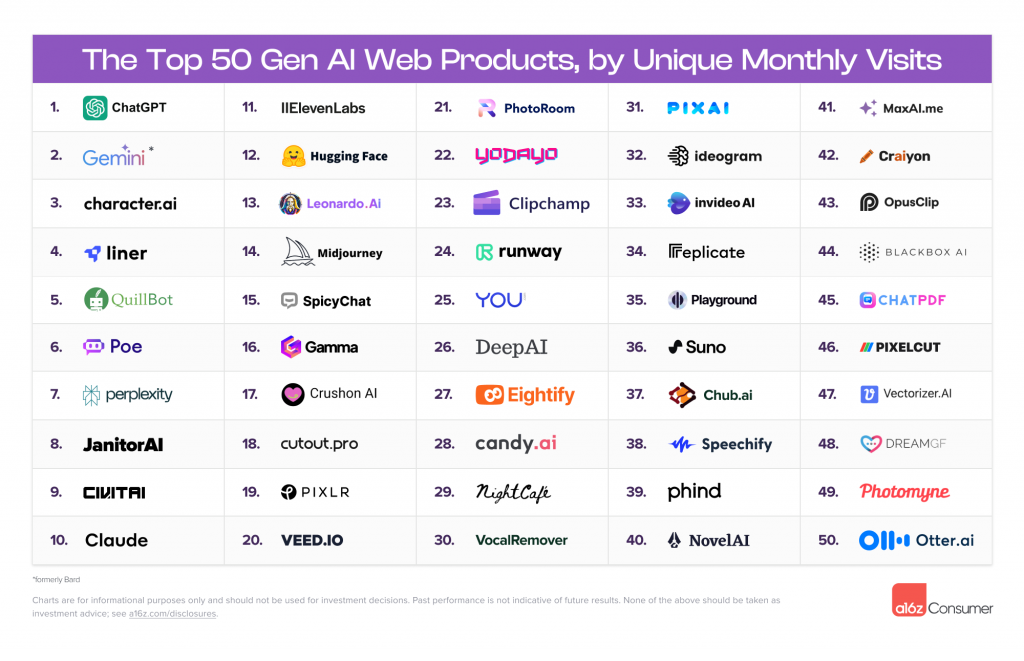
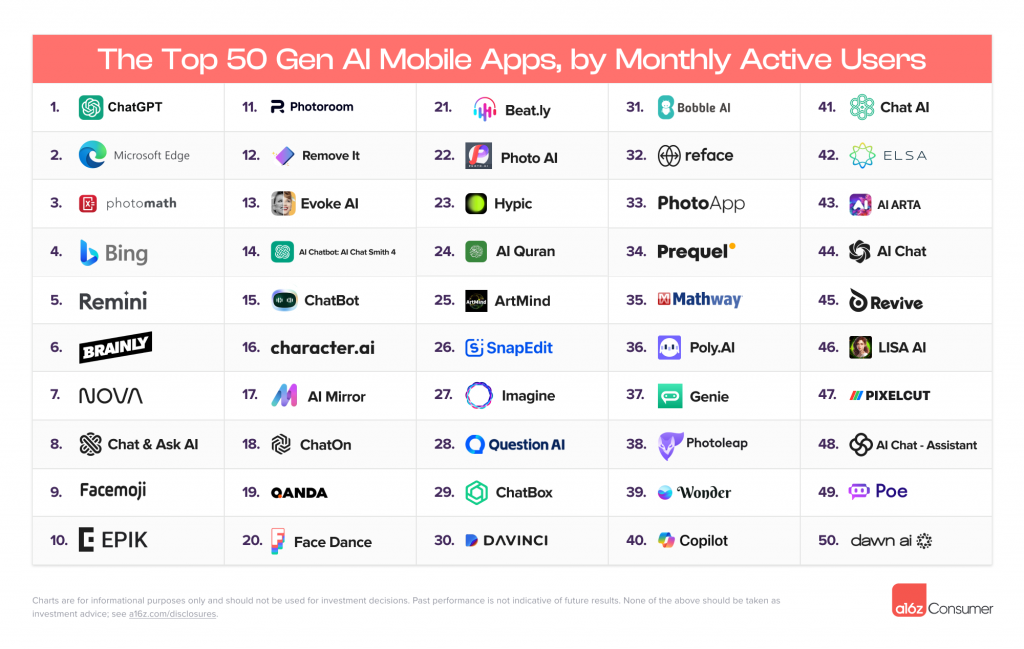
1. The Outrageous Domination of ChatGPT
It’s the tool that popularized the notion of generative AI worldwide, surpassing the threshold of 100 million users in just two months: ChatGPT. A little less than a year and a half after its launch, the application from OpenAI remains by far the most widely used tool in the world with over 1.5 billion monthly unique visits.
Its closest competitor, Gemini, Google’s solution formerly known as Bard, has about five times fewer users.
However, Andreessen Horowitz notes a great deal of excitement in the field: 40% of the listed companies are new compared to the ranking established six months earlier.
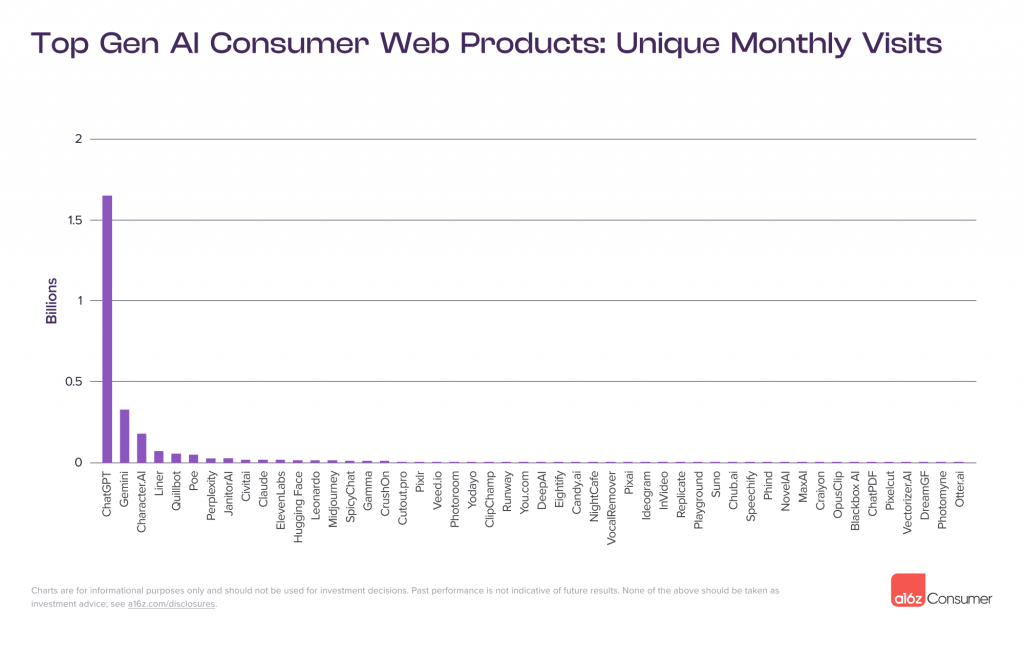
ChatGPT’s domination is less overwhelming when looking at mobile data.
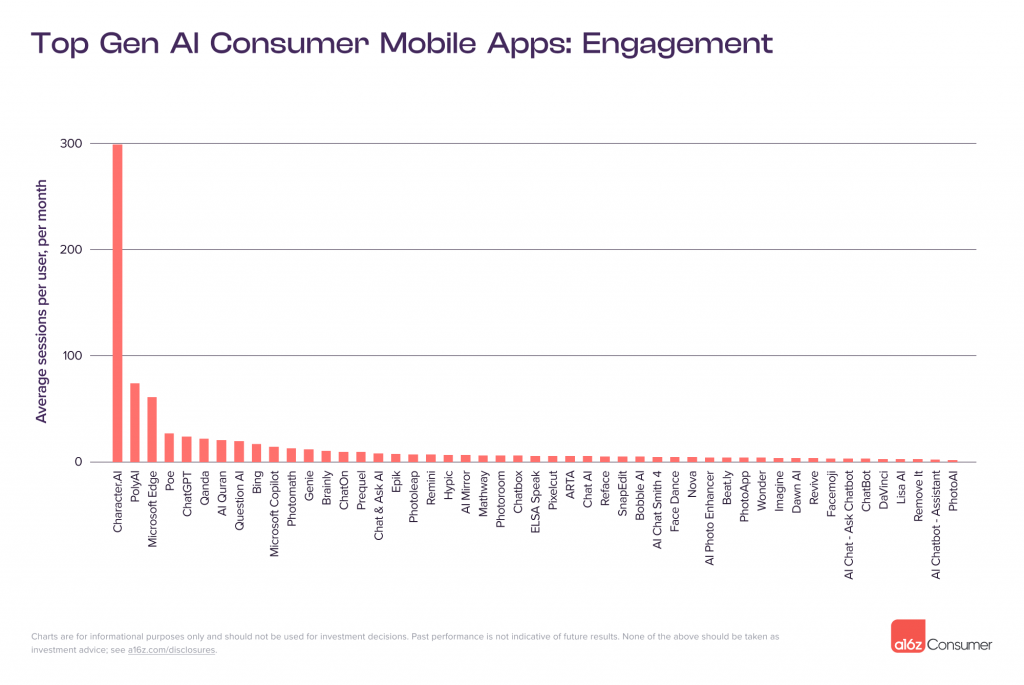
2. The Rise of Content Generators
Proof that the market is structuring itself, general assistants like ChatGPT are no longer the main category of the most used AI tools. The study points to the arrival of two new categories: music (with Suno) and especially productivity, with tools that allow for research, programming assistance, or documentation synthesis (Liner, Eightify, Phind, MaxAI, Blackboc AI, Otter.ai, or ChatPDF), most of the time in the form of a Chrome extension.
The first category concerns content generation, such as Midjourney for images, Gamma for presentations, or ideogram for logos.
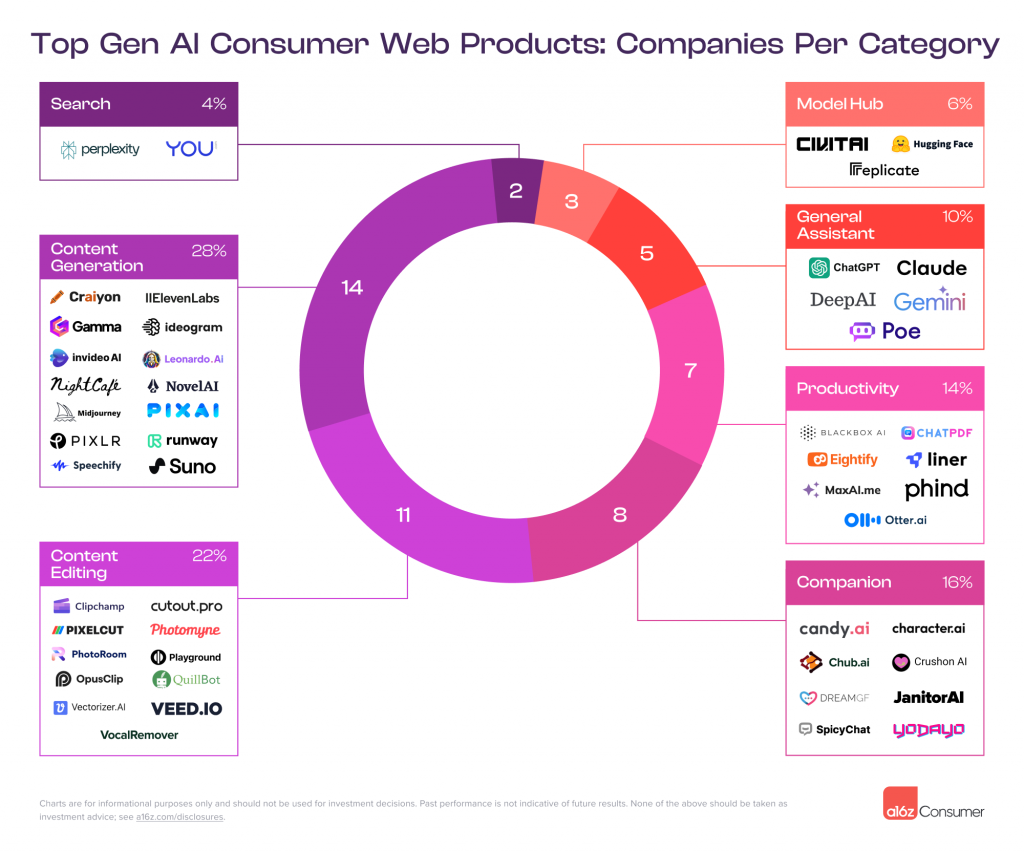
3. Global Production
In terms of generative AI, the United States obviously leads the way. However, the report notes that the ecosystem is quite diffuse worldwide.
Although over 30% of the web AI products on our list were born in Silicon Valley, only 12% of mobile app developers are based in this region,” Andreessen Horowitz points out.
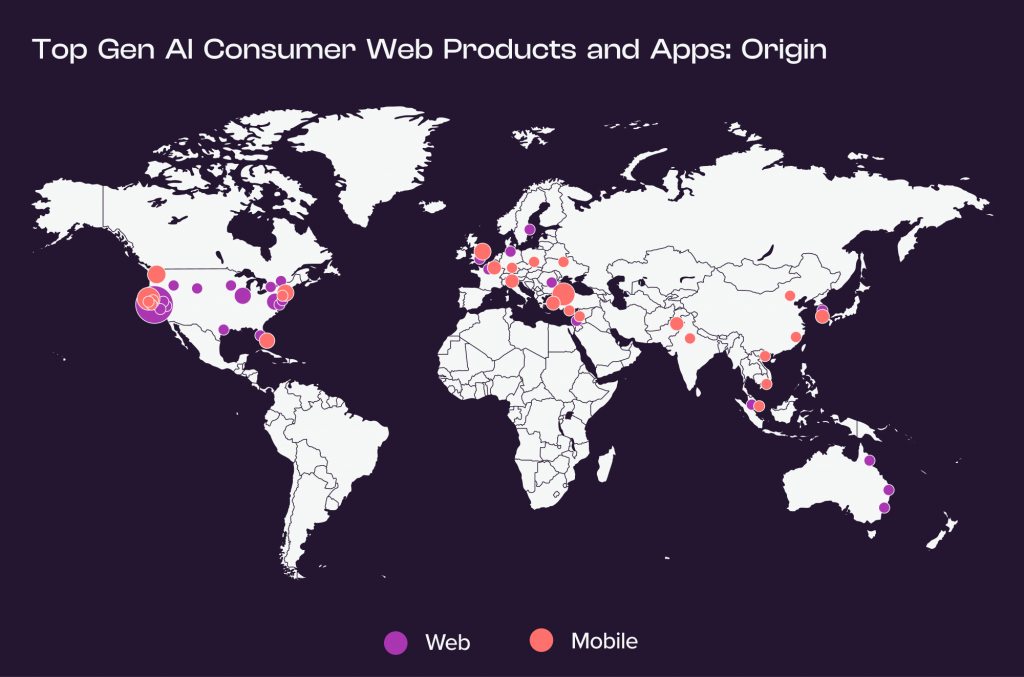
With the speed at which generative artificial intelligence is spreading, it is highly likely that these data will evolve radically by next year, with the emergence of many new players seeking to make their mark.
Discover our new trainings :
 training.isarta.com
training.isarta.com 

